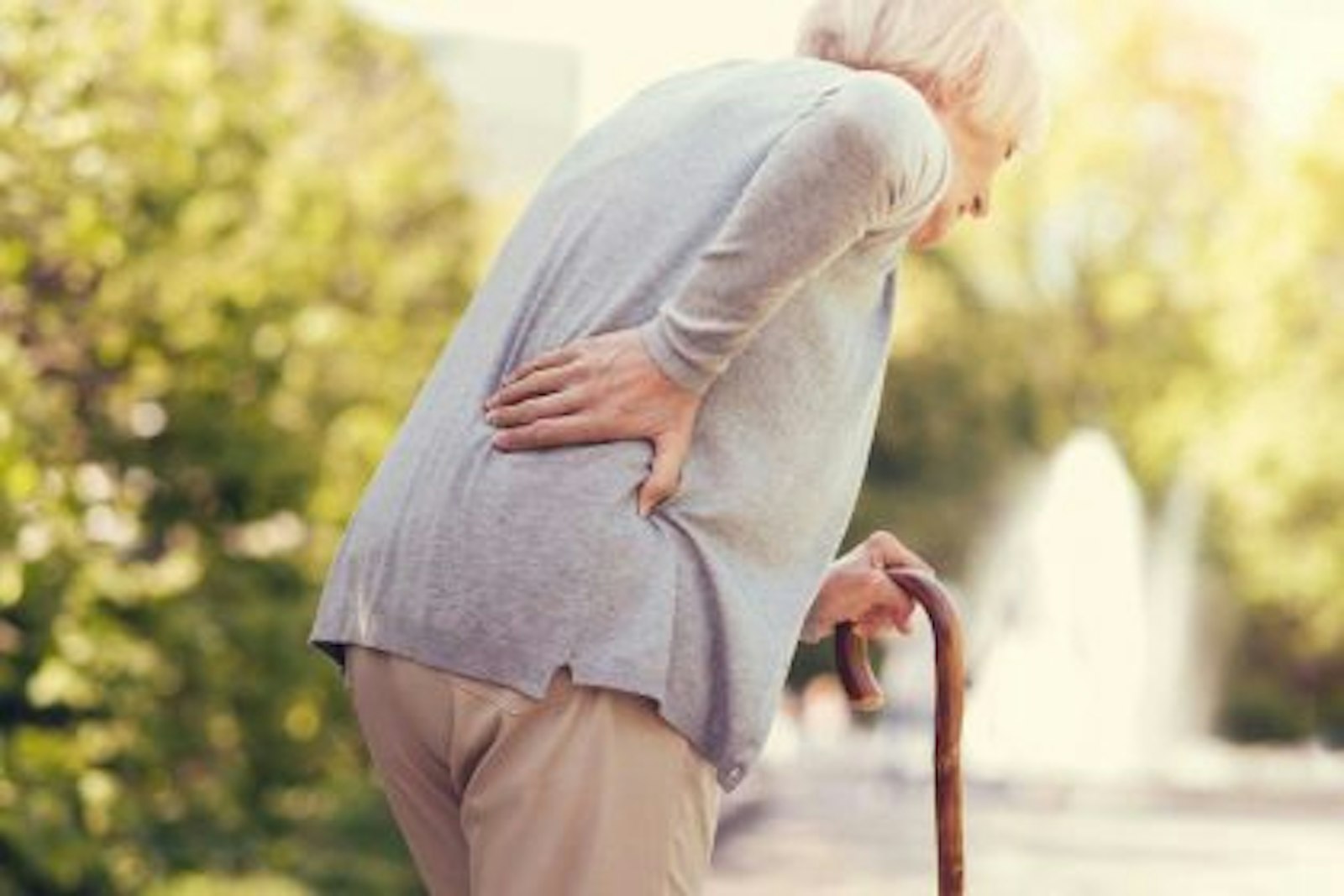5 Ways to prevent osteoporosis in the elderly :Osteoporosis has become a growing health concern in the elderly. It is one of the most common diseases affecting the older adults, mainly because the bones lose their elasticity and density and become more fragile as they age. Thus, it makes it easier for the bones to break and result in Osteoporosis.
Osteoporosis can be effectively treated and managed with a proactive approach. The key is to catch it early and prevent it from happening in the first place.
Here are some simple steps that the specialists of My Noble Care have gathered for you to take help to prevent osteoporosis in the elderly:

1. Exercise is one the 5 Ways to prevent osteoporosis in the elderly
Exercising has been shown to improve bone health. The best exercises for bone health are those that are high-impact. These types of activities will stimulate bone growth and help prevent Osteoporosis. Some examples of high-impact exercises that can help prevent osteoporosis in the elderly include:
Stair climbing – Swimming – Aerobic dance – Walking with weights.
Another way exercise can help prevent osteoporosis in the elderly is through its effect on the release of growth hormones. It has been shown that exercise stimulates the release of growth hormones. This, in turn, leads to an increase in the production of new bone tissue.
2. Vitamin D Supplementation
Vitamin D deficiency is common in older adults and has been linked to a higher risk of Osteoporosis. Therefore, it is essential to monitor your vitamin D levels and supplement as necessary.
An easy way to do this is by getting a blood test to measure your vitamin D levels.
If they are below the recommended threshold, you can then look into taking a vitamin D supplement. When supplementing, it is essential only to take the recommended dosage. Taking too much vitamin D can have harmful side effects, such as an increased risk of developing hypercalcemia or an over-accumulation of calcium in the blood.
Remember that vitamin D is also found in certain foods, such as fatty fish, soy milk, and other dairy products. You can also make sure to get some sunlight every day. It will help your body naturally produce vitamin D.
3. Strength-Building Exercises
Exercises that build strength are crucial for older adults, as they help maintain and strengthen muscles. You put less load on your bones when you have strong muscles. It can help prevent Osteoporosis by reducing the amount of bone breakdown.
The best approach for building strength is to incorporate various exercises into your routines, such as weightlifting, resistance training, and yoga. If you are starting, it is best to work with a trainer or personal trainer to design a strength-building routine that is right for you.
4. Early Detection and Treatment of Depression
Older adults with Osteoporosis often also suffer from depression. Therefore, it is important to monitor symptoms of depression and seek treatment if necessary. Early detection and treatment of depression can help reduce the risk of Osteoporosis.
As per research, depression can potentially contribute to the breakdown of bones as it can cause your body to secrete higher cortisol levels. High cortisol levels can cause your bones to release calcium, which is necessary for breaking down bones. Therefore, it is essential to seek treatment for depression as soon as it is diagnosed.
One way to reduce the risk of osteoporosis in the elderly is by taking an antidepressant. These medications effectively lower cortisol levels, which can help prevent the breakdown of bones.
Other ways to help prevent osteoporosis in the elderly include managing stress and getting a good night’s sleep.
5. Modifications in lifestyle
Regular exercise can increase muscular strength, enhance balance and posture, reduce pain, and slow or prevent bone loss. Remain in weight-bearing activities like jogging, dancing, lifting weights, and walking. Limiting alcohol and caffeine intake and quitting smoking is vital if you have Osteoporosis. Before starting an exercise program, be sure to see your doctor.
Preventing falls inside and outside your house is a crucial component of osteoporosis therapy. It might entail doing things like:
- Keeping clutter off of your flooring (e.g., loose electrical cords, mess,)
- Using area rugs and non-skid floor mats.
- Installing handrails on the stairs and grab bars in the bathroom.
- Ensuring that there is enough light.
Conclusion
Osteoporosis can be effectively treated and managed with a proactive approach. The key is to catch it early and prevent it from happening in the first place. The above mentioned 5 steps are some simple steps to help the elder person in preventing osteoporosis in the elderly.
Exercising, maintaining a healthy diet, and getting enough sleep are three of the most critical steps to prevent osteoporosis in the elderly. By following these steps, you can help strengthen your bones and prevent the onset of Osteoporosis. My Noble Care will continue to provide updates on ways to prevent
Published by HFA on January 14, 2024

